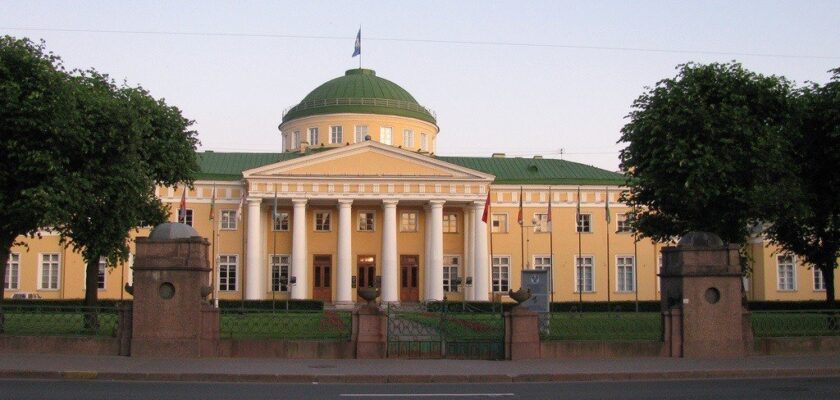Taurida Palace in St. Petersburg
Tauride Palace is considered one of the best architectural monuments of Russian classicism, it was presented by Catherine II to her favorite – Prince Grigory Potemkin, whose name was associated with many initiatives and events that glorified the Catherine era. He was a participant and then commander-in-chief in the Russo-Turkish wars, led the creation of the Black Sea Fleet, the founding of the cities of Kherson, Nikolaev, Sevastopol, Novorossiysk (Ekaterinoslav). After the annexation of Crimea (then called Tavrida) to Russia in 1783 Potemkin received the title of “Most Serene Prince of Tauris”. Therefore, the palace under construction was also called Tavrichesky.
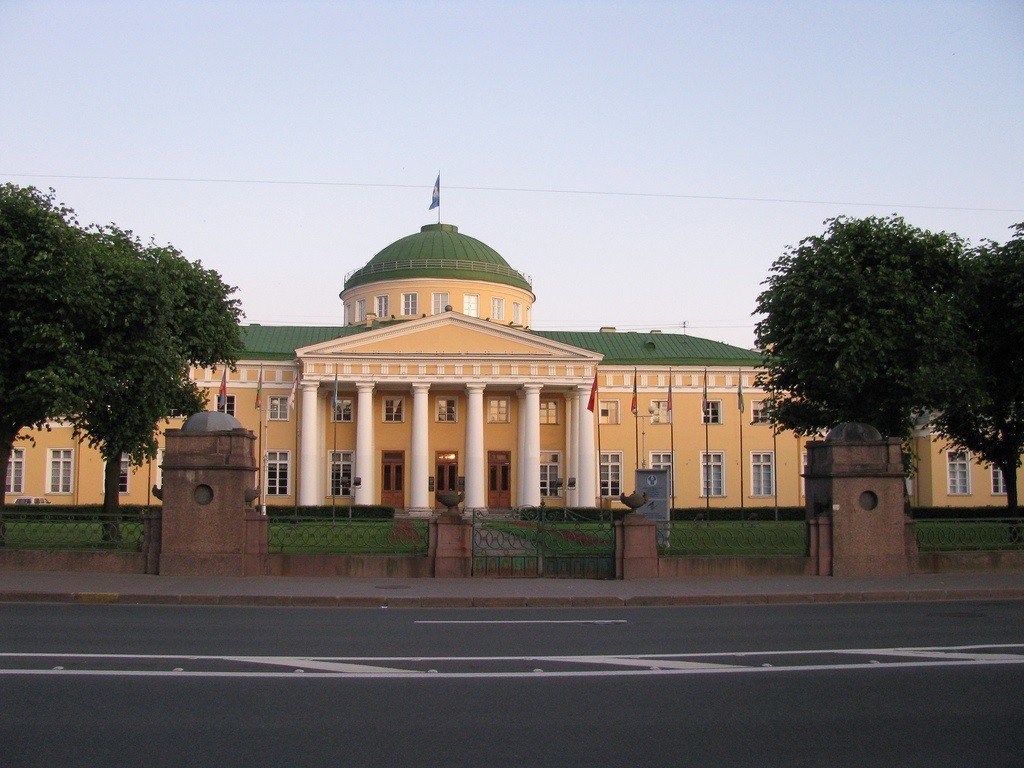
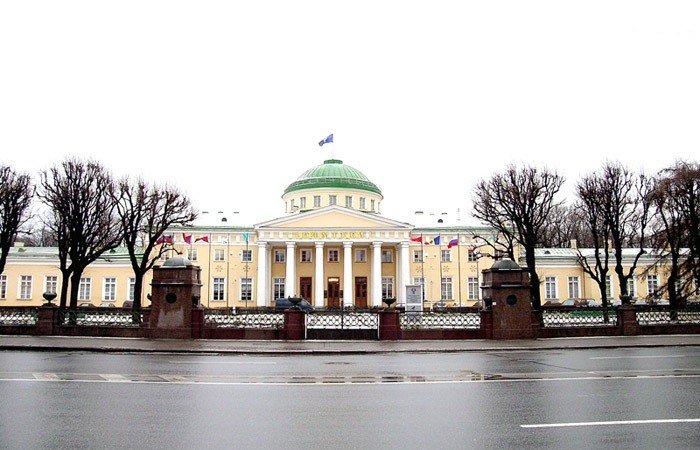
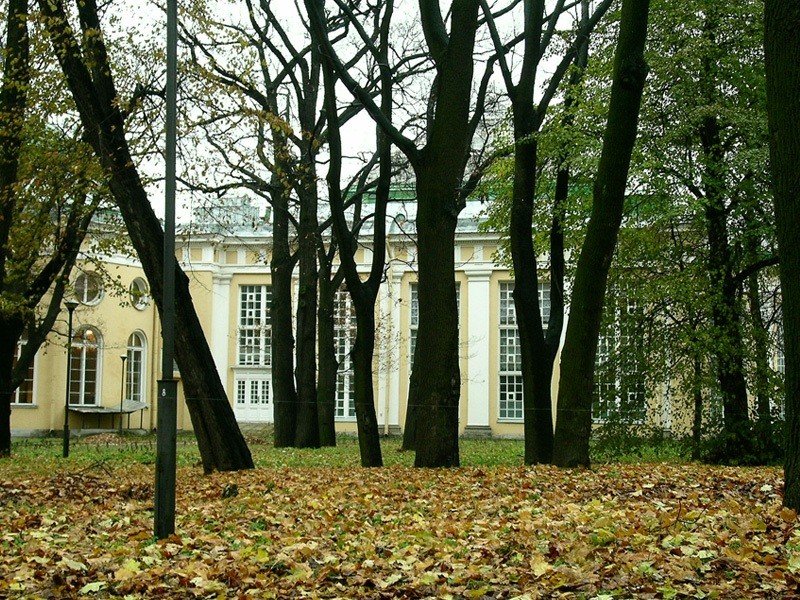
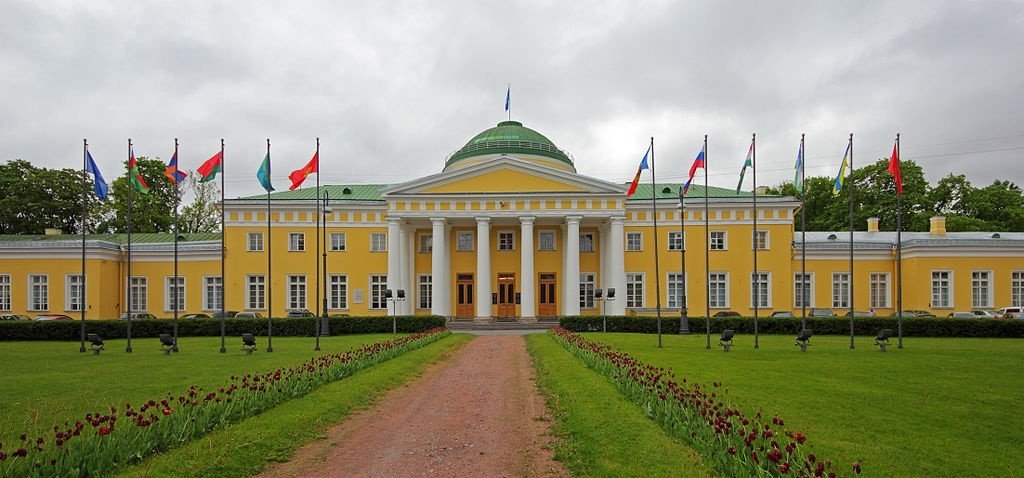
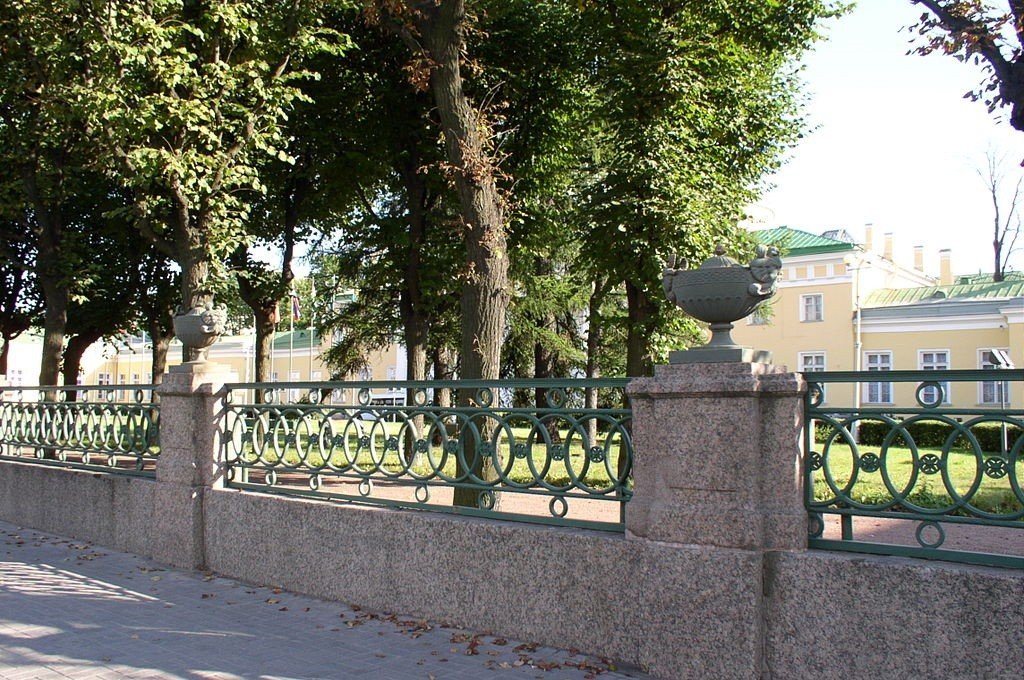
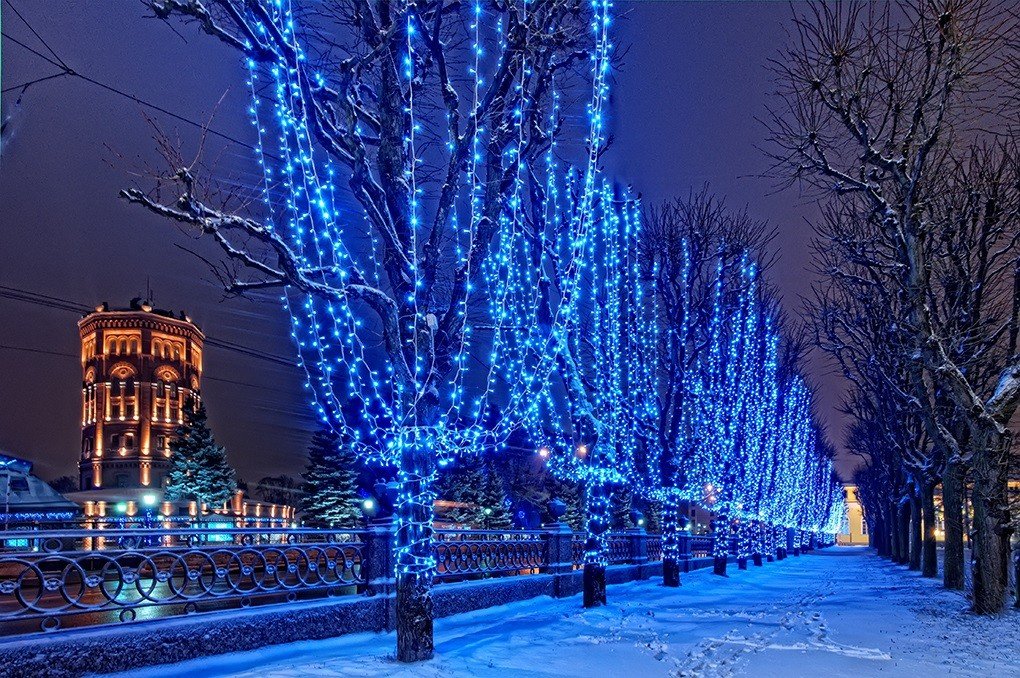
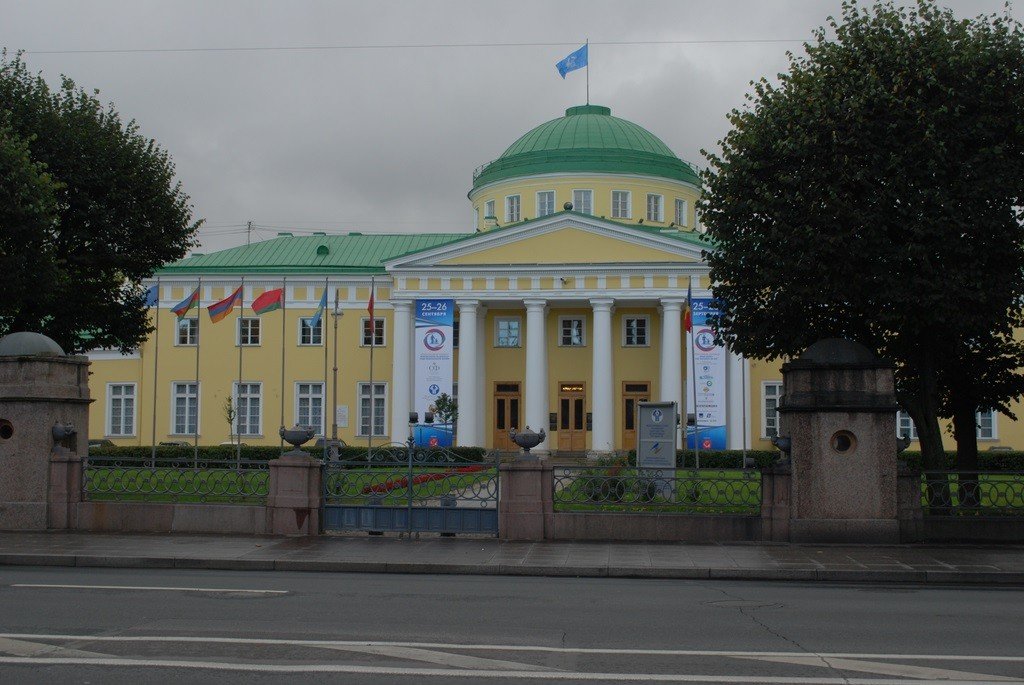
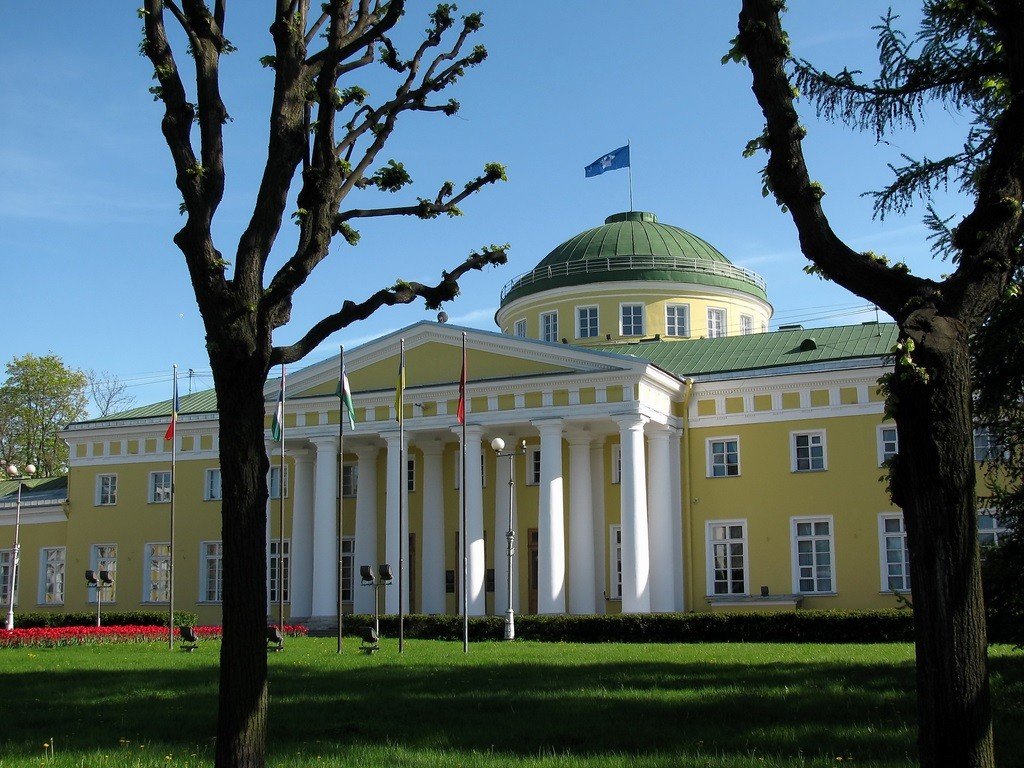
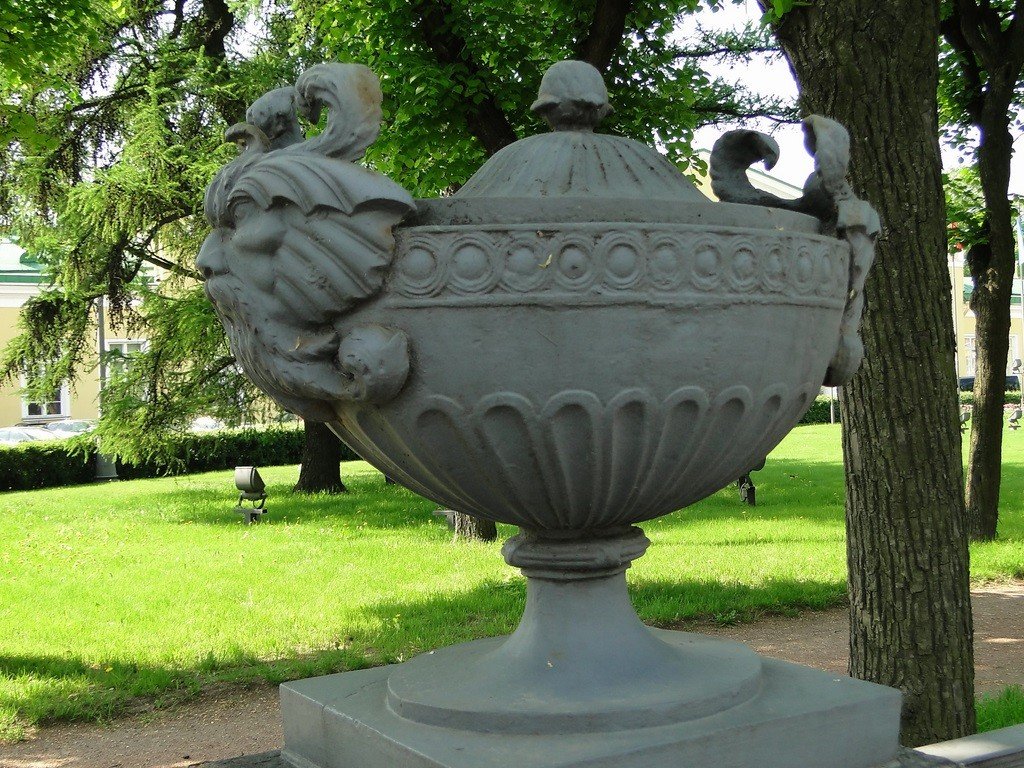
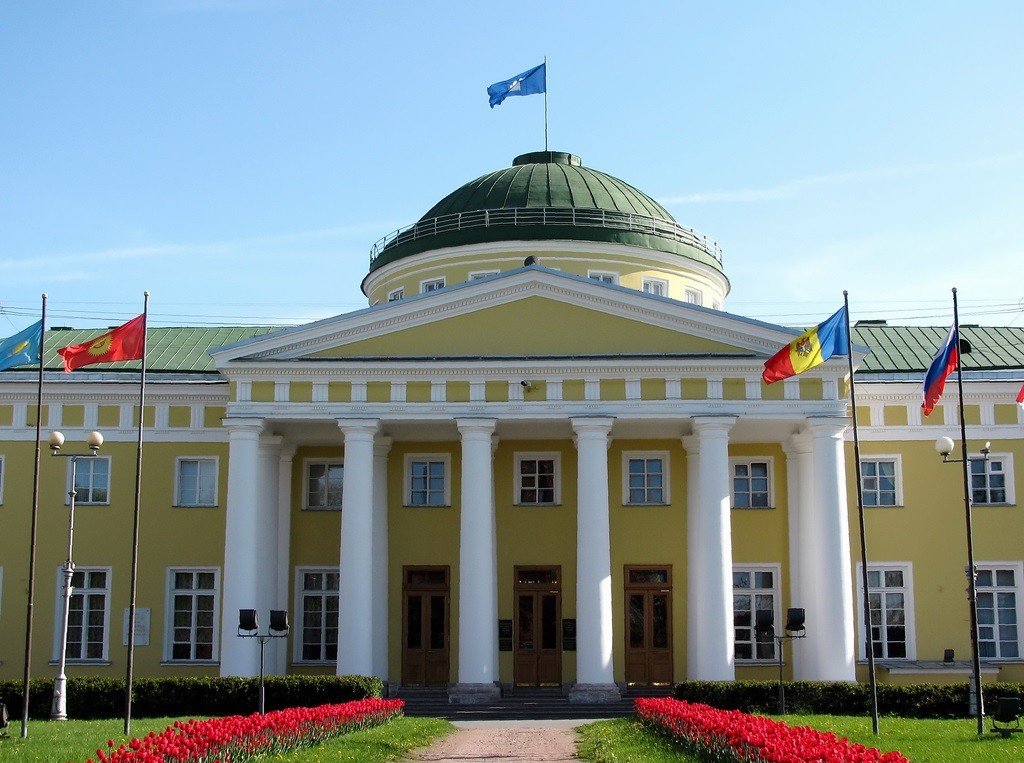
General information
Built the palace, intended as a gift to Potemkin, a remarkable Russian architect Ivan Staroye. The building was erected according to the classical scheme of the time: from its central facade in different directions symmetrically diverged two wings. But the decoration of the building was not quite ordinary – in addition to porticoes with Doric columns Tavrichesky Palace was decorated with a huge dome on the roof.
.
The stately simplicity and even severity of the palace’s exterior architecture contrasted with the splendor of its grand halls. Behind the main entrance hall was a richly decorated stucco rotunda, united by a wide aperture with the White Pillar Hall, behind the open double colonnade which was located winter garden. The ceremonial rooms (picture hall, tapestry drawing room, sofa room, Chinese hall) have partially preserved their artistic decoration (polychrome painting of walls and plafonds, fireplaces, figurative stoves). In these halls Prince Potemkin liked to arrange festivities in honor of Empress Catherine and the victory over the Turks.
.
Near the palace was laid out a beautiful park in the English landscape style, considered one of the best in St. Petersburg (Tavrichesky Garden). It was decorated with an antique statue of Venus, known from that time as the Venus of Tauris (now in the State Hermitage Museum). Catherine II liked to come here. In honor of the Empress grandiose festivals were arranged, and in winter – skating from icy mountains. An artificial pond, canals with bridges, hilly terrain, picturesque groups of trees and shrubs have survived to this day.
.The Most Serene Prince did not use this gift for long: two years after the completion of its construction, he died, and the palace returned to the treasury. A few years later, Emperor Paul ordered all the valuable furnishings to be taken from there to Mikhailovsky Castle, and the palace was given to the barracks of the Horse Guards Regiment. After Paul’s death the palace was restored and became one of the imperial residences. Its interior decoration was greatly changed, although it remained as luxurious as it was under Potemkin.
The Tauride Palace was given a significant role in the events of 20th century Russian history. In 1906 it was adapted for meetings of the State Duma. Until July 1917, it hosted meetings of the Provisional Government, the Petrograd Soviet of Workers’ Deputies was established here, Lenin spoke here on several occasions. Before perestroika it housed the Leningrad Higher Party School. Now the Tauride Palace hosts meetings of the Interparliamentary Assembly of the CIS various forums, conferences and symposiums, so that unorganized tourists can not go inside – you can only see it from the outside and walk around the Tauride Garden.
.The main facade of this palace faces Spalernaya Street (it is so called because until the mid-19th century it housed the workshops of the court spalernaya manufactory). To get to it, you need to take the metro to Chernyshevskaya station, turn right and take Chernyshevsky Avenue to Shpalernaya Street. The address of the Tavrichesky Palace is Shpalernaya Street, 47.
.